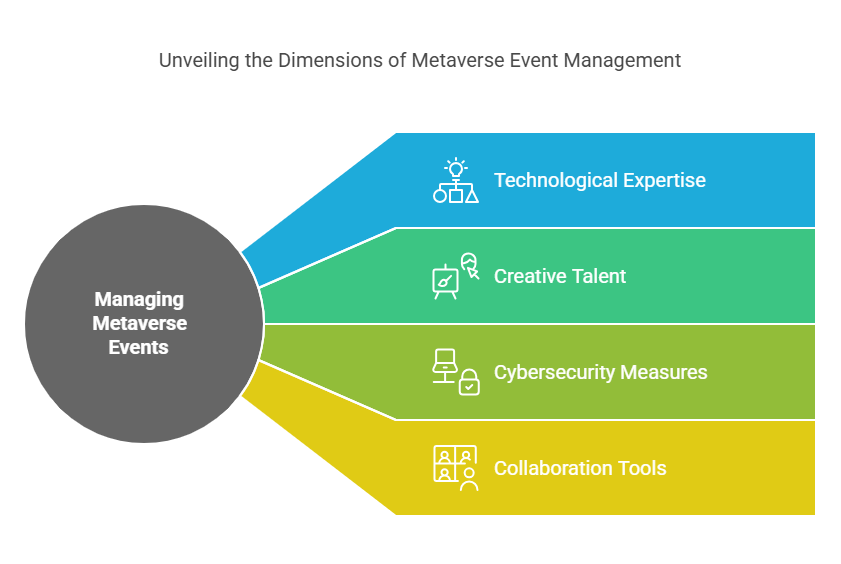International Cultural Industries Fair (Cultural Expo) is currently in full swing. Known as the „Barometer of China’s Cultural Industry Development,“ this annual event is offering a panoramic view of the thriving convergence of culture and technology. It serves as a critical window into the innovative development of China’s cultural industry. Held from May 22 to 26, the expo has attracted 6,280 exhibitors, including government delegations, cultural institutions, and enterprises, both online and offline. The scale and impact of the event have reached new heights.
Cutting-edge Technology Empowering an Immersive Cultural Feast
With the theme “Innovation Leads Trends, Creativity Lights Up Life,” the expo focuses on the frontier of cultural and technological integration. For the first time, the event introduced the AI-powered exhibition assistant „Wen Xiaobo,“ which uses intelligent algorithms to provide real-time navigation and information retrieval services, enhancing the visitor experience. A newly established Artificial Intelligence section showcases over 60 industry-leading companies, including UBTECH and MetaVerse, fully presenting the „AI + Culture“ ecosystem, which has become a central attraction of the fair.
Walking through the venue, one is immersed in scenes where technology and culture converge. From AI-powered ancient manuscript restoration to metaverse-based cultural tourism experiences, from robotic performances to immersive interactive installations, various „Culture + Technology“ applications are refreshingly innovative. Human-shaped robots, acting as „cultural ambassadors,“ not only demonstrate the graceful movements of Wing Chun and play classical piano pieces but also challenge visitors to chess matches, displaying remarkable AI decision-making capabilities. Additionally, an AI-driven robotic arm offers smart acupuncture services, with precise acupoint location and force control, highlighting new possibilities for integrating technology into traditional medicine. Smart glasses, equipped with real-time translation capabilities, break down language barriers and facilitate efficient cross-cultural communication.
The Mixed Reality (MR) and Virtual Reality (VR) zones have become crowd favorites. In the Futian District of Shenzhen, long lines formed in front of the Opportunity Time X-META full-sensory VR theme park. Visitors, wearing cutting-edge headsets, become time travelers, experiencing a 15-minute fantasy adventure in a snowy world. The exhibit also showcased the world’s first Android-based spatial computer, integrating mixed reality functionality with powerful computing capabilities and portability, showing immense potential for applications in education, film, gaming, and more. In another area, visitors wearing MR headsets could witness the giant Egyptian Ramses statue „descend“ into the real world, while drones hovering above responded to hand gestures, creating a stunning virtual-physical interaction effect.
Frequent Innovations Driving Industry Transformation
Technological innovations in the field of ancient book preservation also captured attention. A showcased model of ancient manuscript restoration, powered by deep learning of vast data sets including the text styles and paper textures of ancient texts, demonstrated high-precision digital restoration of precious documents such as Dunhuang manuscripts. Using a “Restore Like New” approach, this breakthrough technology has been hailed as a milestone in cultural heritage preservation.
During the fair, a series of benchmark industry achievements were unveiled. The first manned-grade unmanned aerial vehicle model, introduced as a new path for the low-altitude tourism industry, attracted attention. The launch of a conversational AI engine, leveraging natural language interaction and generative technologies, significantly simplifies application development processes and accelerates the arrival of a “everyone is a developer” industry transformation. These innovations not only lower the technical application threshold but also push the cultural industry toward a more platform-oriented and ecosystem-driven transformation.
As a significant platform for the development of China’s cultural industries, this year’s fair not only bridges the gap between technological displays and trade transactions but also sparks deep reflection across sectors about the collaborative development of culture and technology, and global cultural market integration models. With the advancing wave of digitalization, the deep integration of culture and technology will undoubtedly inject strong momentum into the high-quality development of China’s cultural industry, creating a new blueprint for the digital age.
Quelle:
Foto. With the theme “Innovation Leads Trends, Creativity Lights Up Life,” the expo focuses on the frontier of cultural and technological integration


